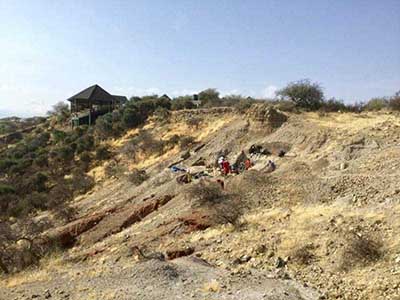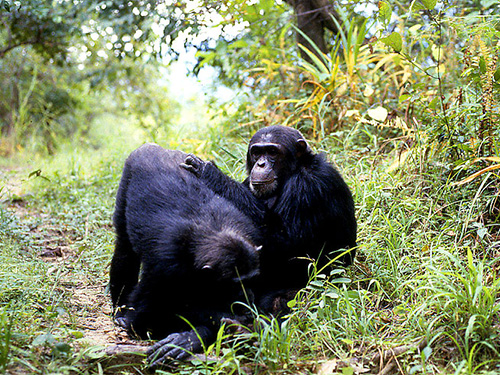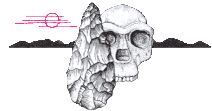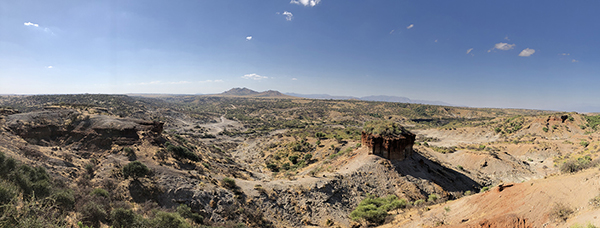
Field Research at
Olduvai Gorge, Tanzania
Paleoanthropology Research
Jackson Njau, faculty member in the Department of Geological Sciences at Indiana University and a Research Scientist of the Stone Age Institute and the CRAFT Research Center, has been working at Olduvai Gorge for two decades. He is principal curator at the Museum of National Natural History in Arusha, Tanzania and paleoanthropologist with the ongoing Olduvai Landscape Paleoanthropology Project. He also co-directs the Tanzanian International Paleoanthropological Research Project (TIPRP) with Dr. Leslea Hlusko of the University of California, Berkeley.
With interests in ecological influences on human evolution, he has conducted actualistic studies, taphonomical and archaeological research in Tanzania since 1994. His research on the natural history and feeding behavior of crocodiles has provided insight into our understanding of the environments in which early hominins evolved. His work in Serengeti, Ngorongoro Crater and Lake Eyasi has yielded useful information on how ecological pressure, such as predation imparted by ancient crocodiles and large mammalian carnivores, influenced hominins behaviors in land use and shaped their activity-patterns. This condition played an important role in the evolution of our early stone tool-using ancestors. His specialties include taphonomy, vertebrate paleontology, and Palaeolithic archaeology.
Current research at Olduvai includes excavation at various sites in the Gorge which will help establish linkages with the geology which has been further revealed by the research of the Olduvai Gorge Coring Project as well as providing valuable new data that will allow researchers to better understand our ancestors who lived in this area.
Our short documentary, Olduvai Gorge Research, provides a brief overview of our current research at Olduvai Gorge.
The Olduvai Gorge Coring Project
Researchers Nicholas Toth (Stone Age Institute and Indiana University), Kathy Schick (Stone Age Institute and Indiana University), Jackson Njau (Indiana University and Stone Age Institute), and Ian Stanistreet (University of Liverpool and Stone Age Insitute) have together conducted the Olduvai Gorge Coring Project (OGCP).
The core drilling took place in late 2014 at selected locations across Olduvai Gorge, resulting in cores that reached a depth of 245 meters (over 800 feet). These cores more than double the previously known stratigraphic history for the gorge deposits, and provide an invaluable record of climate and environment from recent times back to 2.4 million years ago. The resultant cores will be analyzed for years to come by a wide variety or scientists, including paleoclimatologists, geologists, paleoecologists, paleontologists, etc., and will continue to further our knowledge of the geology, climate, and environement at Olduvai Gorge as new information is revealed by these researchers.
The planning and implementation of the coring project was massive and involved the efforts of a large staff and a variety of large equipment, technology, and manpower, along with the cooperation of the Ngorongoro Conservation Area Authority.
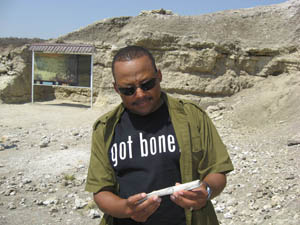
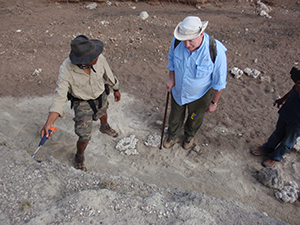
Left: Jackson Njau observes a fossil bone at the Zinjanthropus site.
Right: Jackson Njau and James Brophy investigate geological details of the Bed I tuff at Olduvai Gorge.
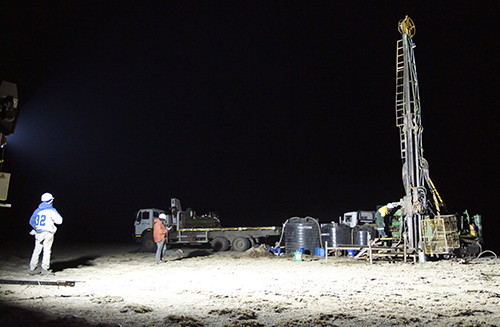
Drilling for the Olduvai Gorge Coring Project took place throughout the day
and nighttime hours during the drilling project.
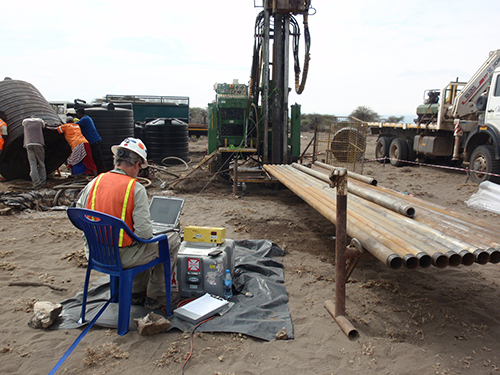
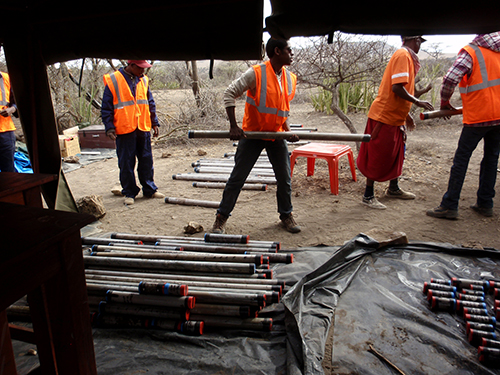
Left: Drill operator at the drilling site. Right: Project staff relaying cores to be transported to the lab.

